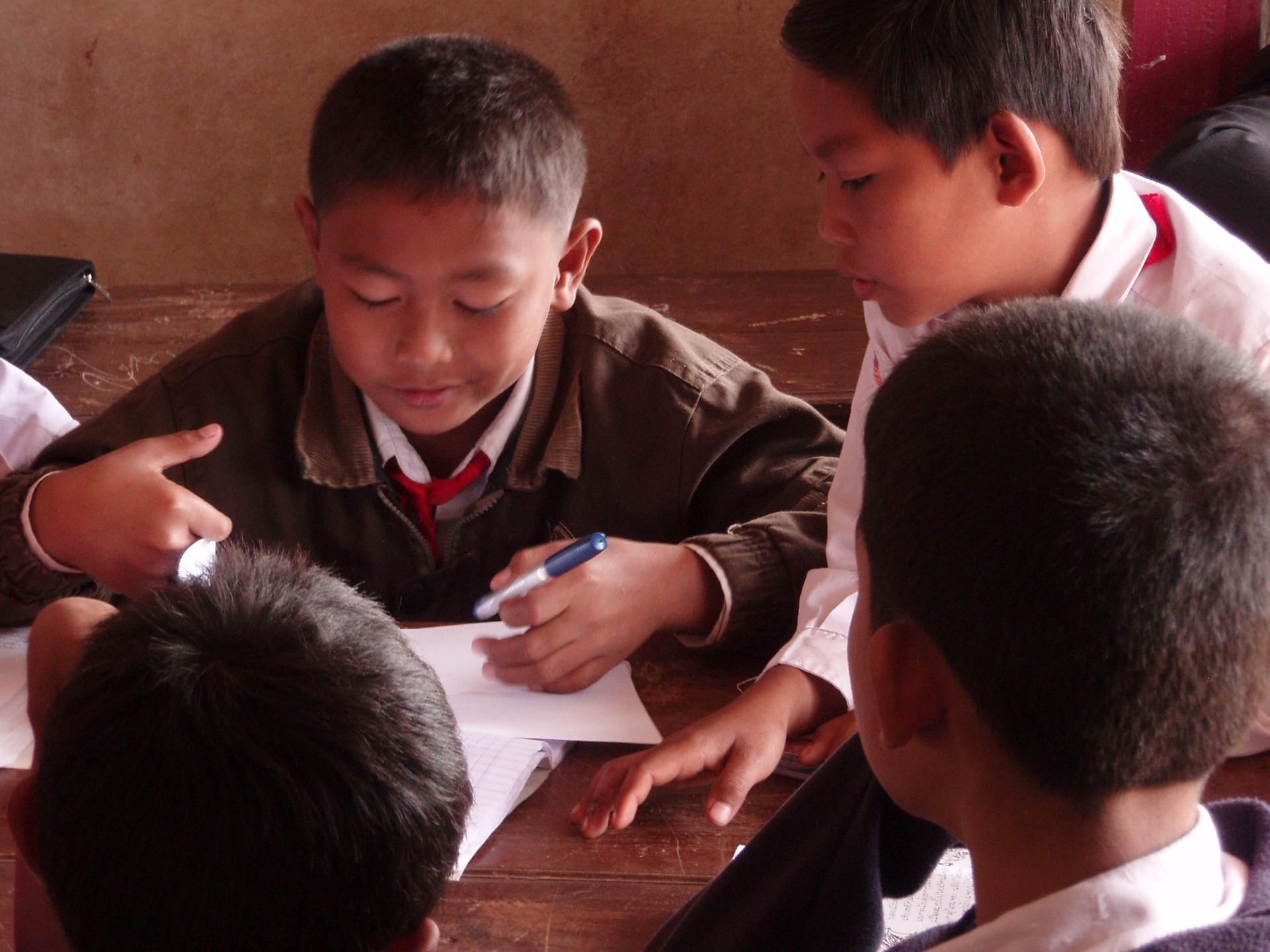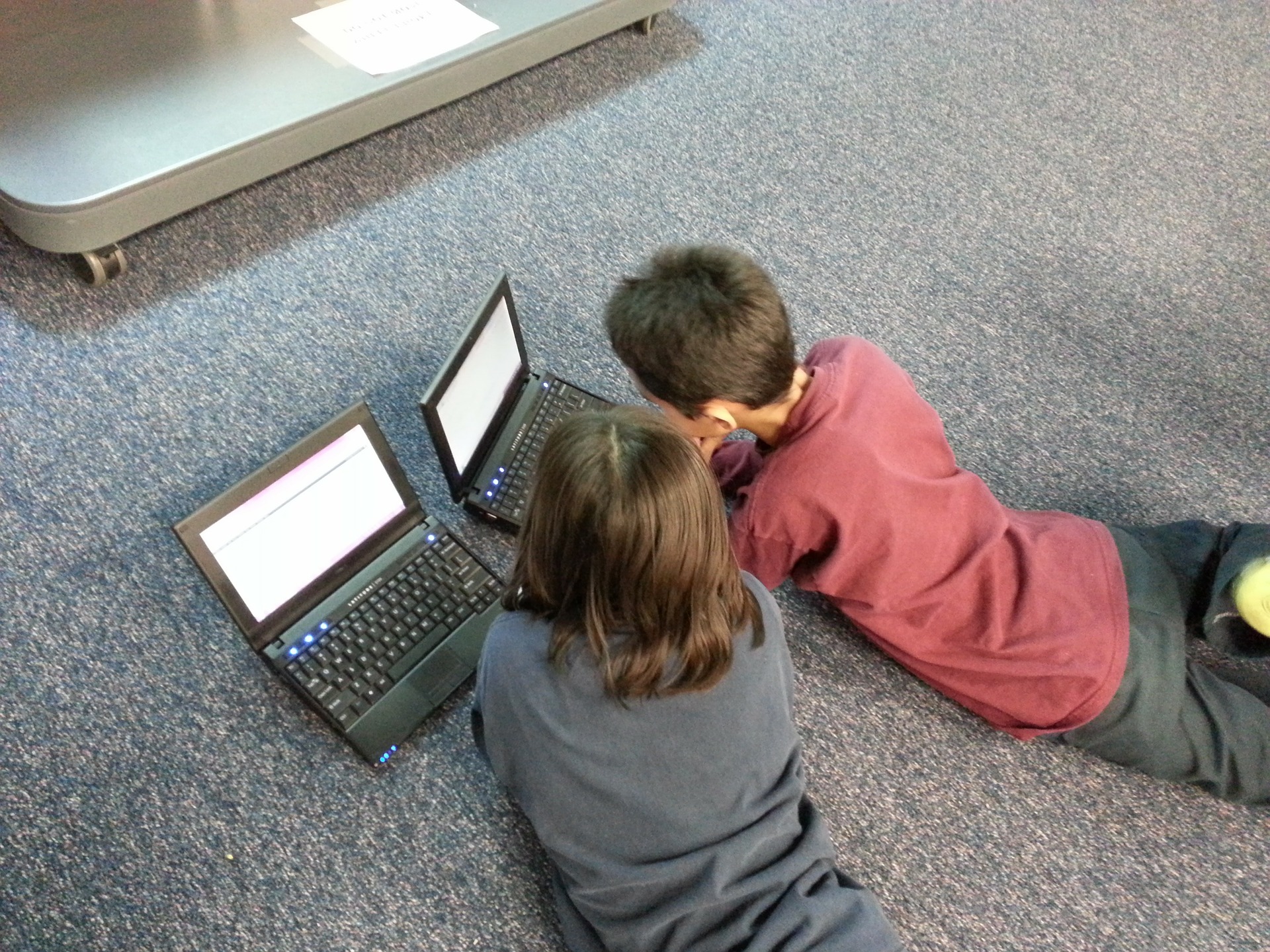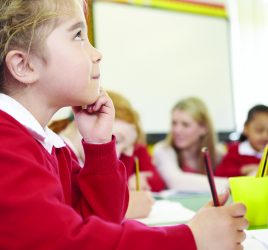
Two (or more) heads are better than one
Grace Kelly firmly believes that Franklin’s maxim, “Tell me and I forget, teach me and I may remember, involve me and I will learn” holds true when investigating the benefits of collaborative learning.
Working together
As a teacher and a teacher mentor, my trainee students often ask me how they can better manage and facilitate group work and collaborative learning. “When I observe group work, you make it look so easy” they would often say.
I can fully admit that group work like most teaching skills needs crafting and planning and practice makes perfect; but, if the old age adage is to be believed, then ‘two heads most certainly are better than one’ and perseverance will bear fruits.

Collaborative learning teams are said to attain higher-level thinking and preserve information for longer. But why is this so? Groups tend to learn through discussion, clarification of ideas and evaluation of others’ ideas. Information that is discussed is retained in long-term memory. It is widely accepted that we learn approximately 10% of what we read, 20% of what we hear, 30% of what we see, 50% of what we see and hear, 70% of what we discuss, 80% of what we experience and 95% of what we teach others. Collaborative learning is vital for enhanced learning in the classroom and pupils who demonstrate lower levels of achievement improve when working in diverse groups.
Image by JanB13 ! ツ from Pixabay
Vygotsky
Lev Vygotsky (1896 – 1934) was the father of social learning. He was an education rebel in many ways; controversially he argued for educators to assess a student’s ability to solve problems, rather than their knowledge acquisition. The idea of collaborative learning has a lot to do with Vygotsy’s idea of the ‘zone of proximal development’, which considers what a student can do if aided/guided by peers or adults. By considering this model for learning, we might consider if collaboration increases student’s awareness of other concepts.
Learning is social in nature. Those who develop good social skills go on to become very successful in life as they have the ability to deal with people and have a sharper EQ. Using different mediums, whether it be books, discussions, technology or projects, we study and develop new ideas. Collaboration is a learned process. If managed correctly, it is a powerful tool that can allow educators to tap into new ideas and information; it allows for challenge and differentiation, enhanced confidence and self-esteem as well as strengthening social skills. In short, collaboration is a critical skill for life.
Personal interaction reaps rewards
 In recent years the amount of social interaction between people has increased with the explosion of social networks like Facebook and Twitter. Many academic learning platforms have incorporated this type of software to enable collaborative learning. However, I believe it is even more important that we teach communication and group work at a face to face classroom level so students do not lose touch of the importance of personal interaction – a vital aspect of developing the ‘whole child’.
In recent years the amount of social interaction between people has increased with the explosion of social networks like Facebook and Twitter. Many academic learning platforms have incorporated this type of software to enable collaborative learning. However, I believe it is even more important that we teach communication and group work at a face to face classroom level so students do not lose touch of the importance of personal interaction – a vital aspect of developing the ‘whole child’.
Image by sharpemtbr from Pixabay
Distributed and collaborative learning with its emphasis on mindfulness, awareness of others, non-judgemental interactions, acknowledgement of each person’s unique contributions and recognition of the importance of deep participation, can’t help but foster critical thinking skills and greater empathetic engagement. Collaborative learning transforms the classroom into a laboratory for empathic expression and which in turn enriches the educational process and our students on many different levels. The best teachers foster and encourage an environment of learning from each other.
Building foundations
Before setting out with group work as a classroom ‘norm’, the idea of group work must first be learned. When introducing critical skills, I take time to establish what are critical skills and as a class we establish criteria for what successful group work looks like. Students will often suggest: good listening, everyone having an equal role, everyone pulling their weight, everyone having a specific job to carry out and contribute. We even go as far as discussing ‘What does good listening look like?’ Critical skills will be enhanced and developed year on year if taught early in the child’s school life and collaborative work is an activity that can almost be self-managed by the students, as we discreetly prepare them for the wider world and world of work.
The jigsaw effect
Some key aspects of collaborative learning that I have found effective are:
 Establishing group goals – in other words create a success criteria with your class.
Establishing group goals – in other words create a success criteria with your class.- Being mindful of the size of groups; anything over four is verging on too big and harder to manage.
- Establishing group roles. For example I will give my students cards with a picture of their role: group leader, time keeper, resource manager and the person to keep the area tidy at the end and aim to ensure equal participation with the task. Thus emphasising the Jigsaw effect– the workplace is often like a jigsaw, each person with a different role but each role being vital to the overall success.
photo by People Creations on Pikwizard
- Building trust and promoting open communication.
- Recording progress. Asking each group what they ‘know’ at the beginning of the lesson/topic and coming back to it again at the end. Asking them ‘What do you know now’? You will be amazed at the progress made in groups if managed properly.
- Focusing on enhancing problem solving and critical thinking skills. Allowing them to solve problems for themselves. Try using ‘Three before me’e. Brain, Partner, Book – Teacher.
- Group diversity- keeping the groups as diverse as possible, you will find each student will benefit from the dynamics.
- Equal girl/boy ratios tend to work more successfully.
- Teacher serving as a facilitator. I am a big advocate of setting up the task and allowing the students to work it out for themselves.
- Using technology, although this is not always necessary.
- Encouraging and enhancing the importance of ‘Listening skills’ – you will see a great difference in both their interaction with each other as well as with you if they crack this one.
- Diversity of the groups provides a pool of talent, can draw on different learning styles, gender perspectives, experience, cultures and backgrounds.
Collaborative learning is a positive, inclusive and powerful learning strategy that engages students throughout their school life and has had a significant positive impact on my classes personal outcomes. I encourage you to give it a go and embed it in your teaching.

Grace Kelly, Curriculum Leader, Lancashire, NW England.
Featured image by sharpemtbr from Pixabay




Several problems – having a group size with a maximum of four means that you have many groups – most institutes do not allow a sufficiently low teacher:pupil ratio to correctly manage these groups.
It takes a long time to get the pupils to understand and work in small groups, especially when attempting to use those who learn quickly to carry the slower learners.
It takes a long time for the groups to investigate and learn any subject area.
The group cannot start with no knowledge – how do you feed them enough initial knowledge to handle this way of working?
Nice article and information. Collaborative and co-operative learning has been very useful with all the benefits outlined in the write up. Having implemented the model in a K12 school in India since 2002, I have seen significant change in learners’ confidence and a positive attitude towards collaboration and jointly working as a team to find solutions. Gradually this has manifested into responsibility and personal accountability as the learners moved on to middle school levels and higher. Skill development has been good too due to peer teaching and learning. However, this had to go on with continuous teacher orientations, training and session planning etc.
It was fine reading and hope more schools come up with their implementation experiences in this forum. It would be insightful.